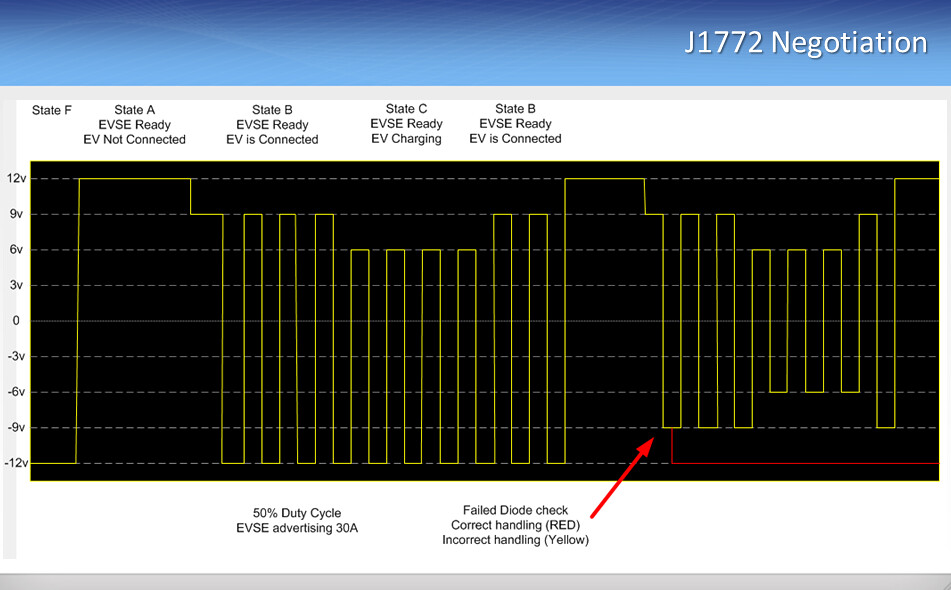Here's a mystery I've not seen addressed: The NEMA 14-50 I recently had professionally installed in my garage has worked perfectly, until yesterday. When I went to recharge yesterday, it blew the 50 amp circuit breaker. I reset the circuit breaker and tried again -- six times. Each time it tripped. About six hours later I tried again and it worked perfectly, just as it had in previous weeks.
The 220V NEMA 14-50 line was professionally installed, and the fact that it works MOST of the time indicates that is not the problem. I've wondered if it might be a bad cable. (It's original equipment Tesla cable.) That seems unlikely. No apparently problems with the Tesla itself -- I had charged it at a Supercharger earlier that same day.
Any ideas?
Many thanks for any ideas.
Harlan
The 220V NEMA 14-50 line was professionally installed, and the fact that it works MOST of the time indicates that is not the problem. I've wondered if it might be a bad cable. (It's original equipment Tesla cable.) That seems unlikely. No apparently problems with the Tesla itself -- I had charged it at a Supercharger earlier that same day.
Any ideas?
Many thanks for any ideas.
Harlan



